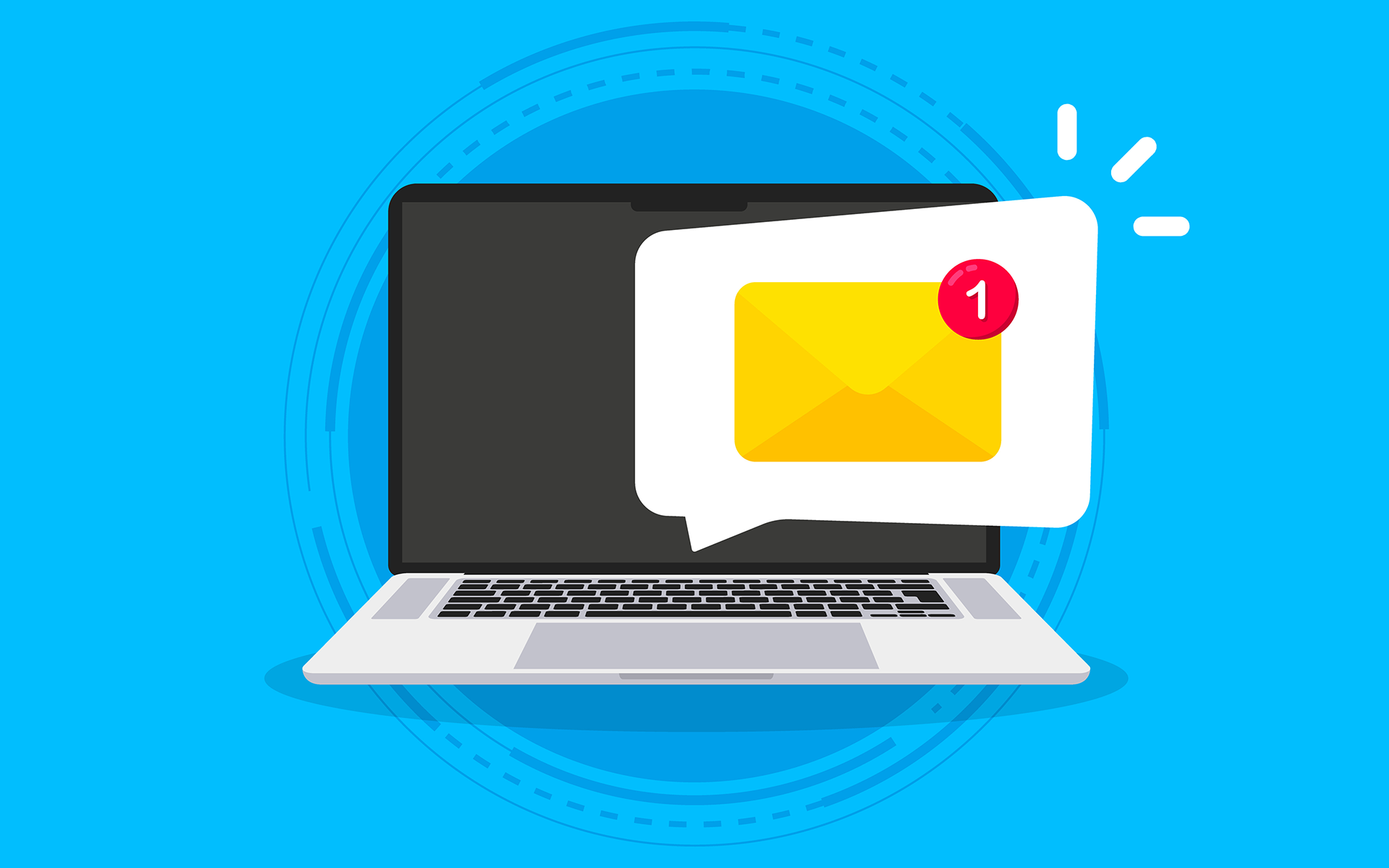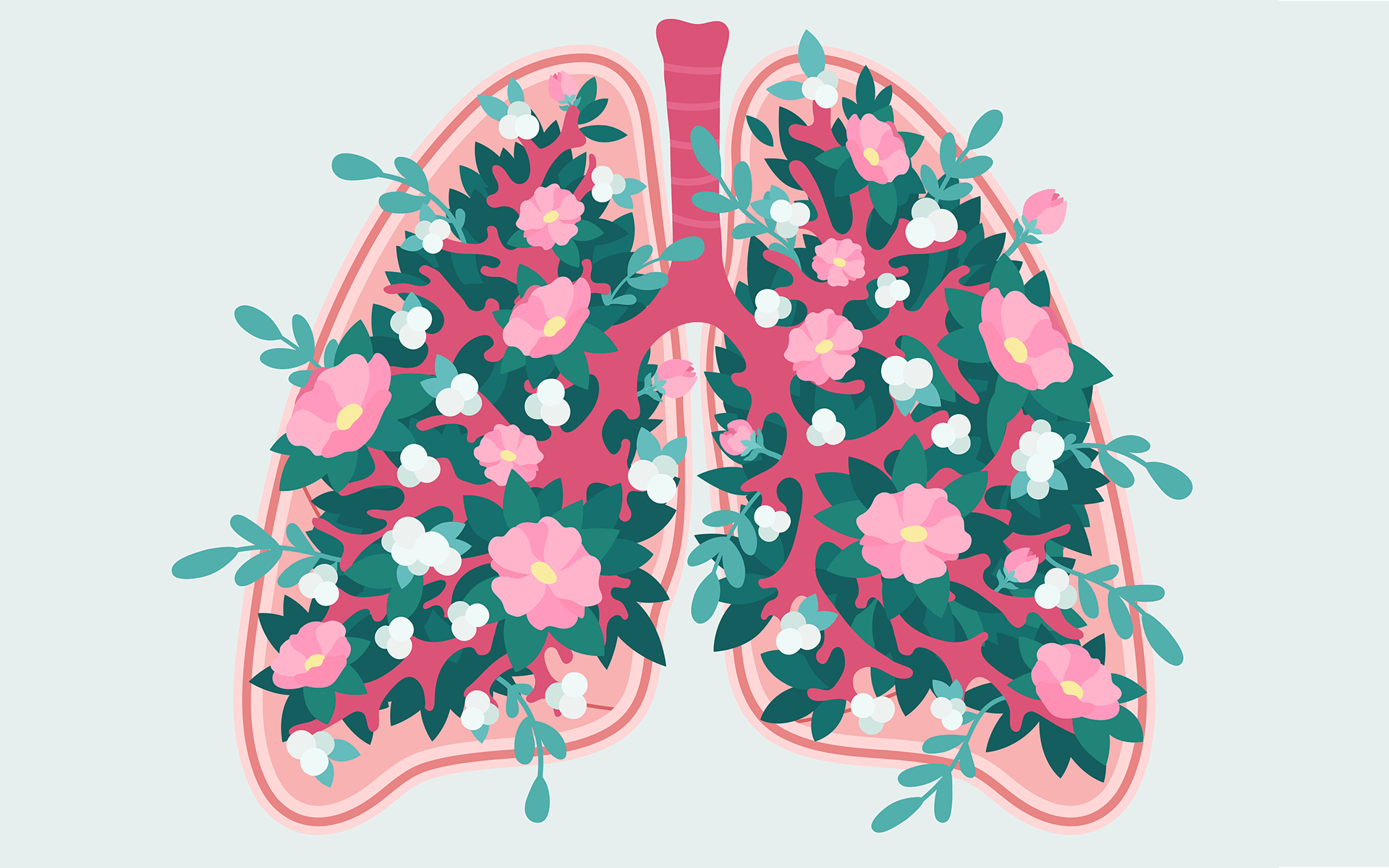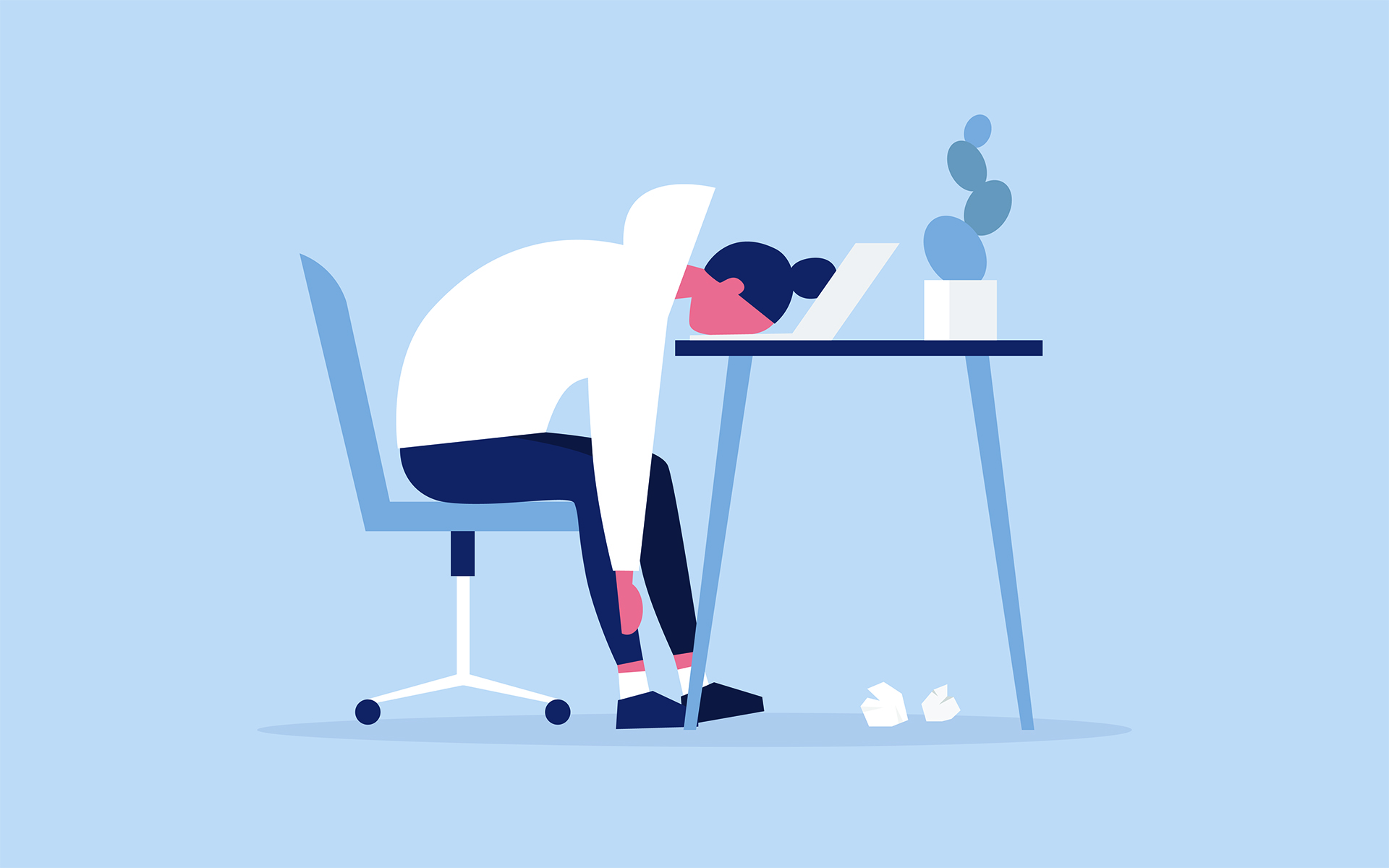Not sure why you’re feeling stressed or anxious at work? One solution may be as simple as taking a deep breath. Have you ever wondered why, after spending hours on email, you feel tense and tight? Why you feel more anxious than before? Or why, even after you’ve stopped, your mind keeps spinning?
This is the state that psychologist Linda Stone calls “email apnea” or, more broadly construed, “screen apnea.” It’s characterized by “shallow breathing or breath holding while doing email, or while working or playing in front of a screen.”
We become so fixated on texts, emails, and social media posts that we don’t even notice this shift in our breathing.
Email apnea occurs for a variety of reasons. First, our posture slumps the moment we pick up our phone or computer, which compromises our ability to inhale and exhale fully. Second, after hours spent staring at our screens, our eyes get fatigued and strained, which further interrupts relaxed breathing. Finally, when we’re lost in email and other online tasks, we lose awareness. We become so fixated on texts, emails, and social media posts that we don’t even notice this shift in our breathing.
So how can we interrupt this daily source of stress and anxiety? Here are three tips.
So Long, Email Apnea: 3 Ways to Stop Holding Your Breath While You Work
Addressing screen apnea means recognizing symptoms like forgetting to breathe and shallow breathing. Simple breathing exercises can be an effective screen apnea treatment, helping to alleviate the stress response, calm the nervous system, and improve overall respiratory health.
1. Keep breathing
This sounds obvious, and yet the root cause of email apnea is a compromised state of breathing. Our breath gets shorter, shallower, and moves up from the abdomen into the chest. If we can simply notice this shift in breathing, the remedy becomes relatively straightforward.
All we have to do is begin breathing properly. Breathe more deeply into the abdomen while sitting at our computer or using our phone. Try it right now. As you read the rest of this article, direct a small portion of your attention—say 10%—to feeling your abdomen expand on the inhale and contract on the exhale.
2. Take breaks
Email apnea is a condition caused by uninterrupted screen fixation. Thus, one of the most powerful cures is to build in short breaks every now and then. Get up. Stretch. Move around.
All you have to do is give your mind and body a short amount of time to experience a more natural state of relaxation. To do this, it can be helpful to set a timer each time you sit down at your computer. You can even schedule these breaks on your calendar if you find yourself forgetting.
3. Relax your eyes
Research on office workers indicates that many of us experience “computer vision syndrome.” The hours we spend staring at computer screens lead to a variety of problems: eye strain, headaches, eye twitching, as well as neck, back, and shoulder strain. Excessive eye strain is also one of the primary forces that hold the breath pattern of email apnea in place.
To begin relaxing your eyes, it can be helpful to look away from the computer screen every once in a while. Look out a window (or simply into the distance) and let your eyes relax into a soft gaze. To further interrupt this pattern, you can even experiment with closing your eyes while texting or emailing.
Defeating Screen Apnea
These tips might sound like a lot of work. They might seem inefficient. But consider how much creative and productive energy you lose each day to the chronic breath-holding pattern of email apnea. Consider what it would be like to finish a long day spent in front of the computer feeling rested and relaxed, rather than exhausted, anxious, and scattered.
By learning to interrupt the habits that diminish our awareness and disregard our physical and mental health, recognizing the symptoms of screen apnea, and applying these methods, we have more energy to savor our purpose, reach our potential, ensure better breathing, and thrive.
This article was originally published on inc.com.
read more
A 3-Part Focused Attention Meditation Series
Explore this guided meditation series from founding editor Barry Boyce to gently work with your wandering mind.
Read More
What Science Says About the Power of the Outbreath
Most of the time, we don’t pay attention to our breath at all. Experts share how our outbreath is key to allowing the body to let go of stress.
Read More
A 12-Minute Breathing Meditation to Cultivate Attention
A basic mindfulness practice for creating more harmonious circumstances for ourselves, and for others, raising our awareness and stirring our curiosity.
Read More
Zoom Exhaustion is Real. Here Are Six Ways to Find Balance and Stay Connected
Steven Hickman, Psy.D., executive director of the Center for Mindful Self-Compassion, offers this timely perspective on managing our new virtual reality.
Read More










